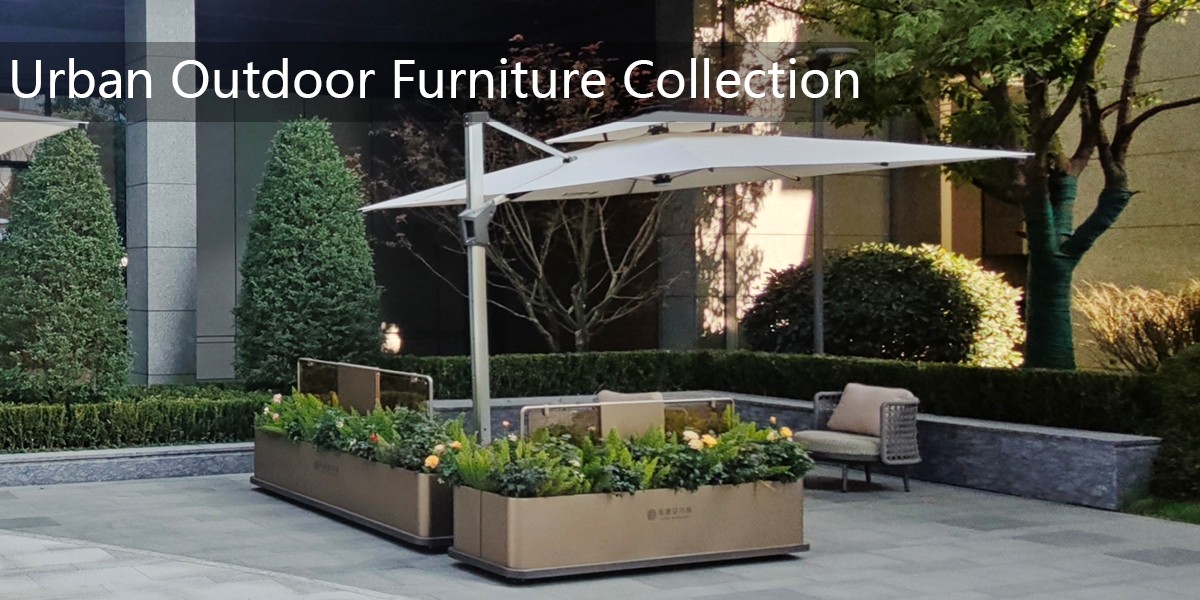Outdoor sculptures often draw inspiration from organic forms to create a harmonious relationship between art and the natural environment. By mimicking shapes found in nature—such as flowing curves, branching patterns, or textured surfaces—sculptors evoke a sense of movement, growth, and life. These forms can be seen in abstract sculptures resembling leaves, waves, or even human figures, blending seamlessly into parks, gardens, and urban spaces.
Organic forms in sculpture also engage viewers emotionally, as they resonate with familiar natural elements. Materials like stone, wood, or bronze further enhance this connection, weathering over time to reflect nature’s impermanence. Artists like Henry Moore and Barbara Hepworth pioneered this approach, using biomorphic shapes to evoke universal themes of balance and transformation.
Ultimately, organic sculptures transform public spaces into immersive experiences, inviting contemplation and a deeper appreciation for the natural world. Whether through fluid lines or textured surfaces, these works remind us of art’s ability to mirror life’s inherent beauty.


